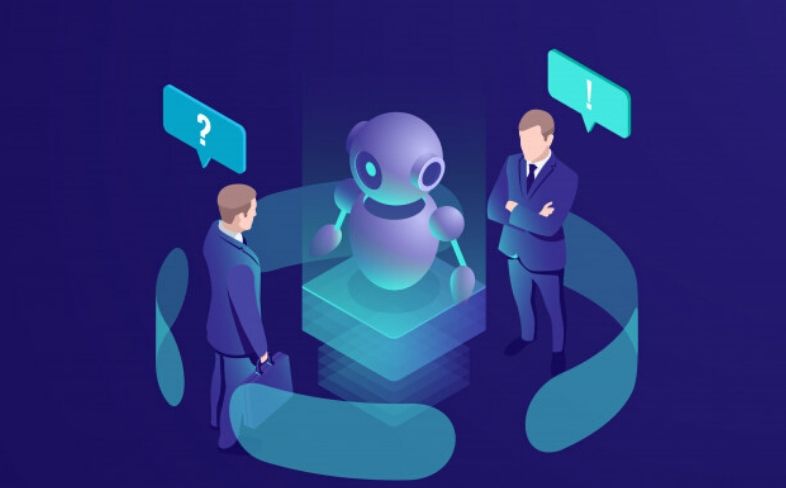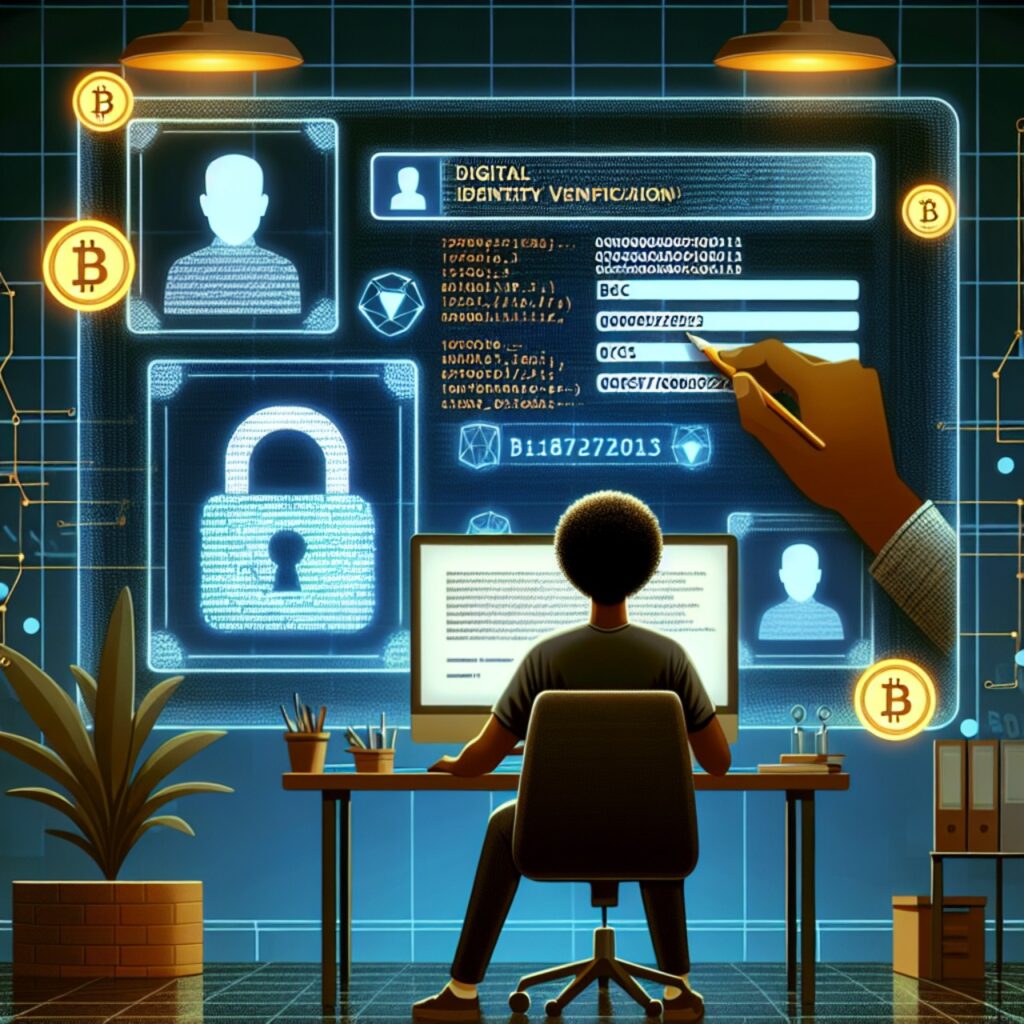The question of whether an artificial intelligence (“AI“) system can be identified as an inventor in a patent application has an obvious impact on the life sciences community, where the presence of AI is now well established and growing. For example, AI is currently used to predict biological targets of potential drug molecules, identify candidates for drug design, decipher virus genetic material in the context of vaccine development, determine three-dimensional structures of proteins including their folding shape and more potential therapeutic applications.
In a landmark decision on July 30, 2021, an Australian court declared that an artificial intelligence system called DABUS can be legally recognized as an inventor in a patent application. It came just days after the Intellectual Property Commission of South Africa granted a patent recognizing DABUS as an inventor. These decisions, as well as at least one other pending US case on similar topics, have sparked excitement and debate in the life science community about inventions designed by AI.
The artificial intelligence system involved in these worldwide legal disputes is called “Device for the Autonomous Startup of Unified Consciousness”, also known as “DABUS”, developed by physicist Dr. Stephen Thaler (Thaler) from Missouri. In 2019, two patent applications were filed in more than a dozen countries and the European Union in which DABUS was named as the inventor. In both applications, DABUS is listed as the sole inventor, but Thaler remains the owner of the patent rights derived from these applications. The first application is aimed at designing a container based on fractal geometry. The second application is directed to an apparatus and method for generating light that flashes rhythmically in a specific pattern that mimics human neural activity. The subject matter of both applications was filed under the Patent Cooperation Treaty (PCT).
The South African patent is based on the PCT application, which was issued without any debate about the non-human origin of the invention. In contrast, in the PCT filing in Australia, the Australian Intellectual Property Office’s assistant patent commissioner took the position that Australian patent law required the inventor to be human and that the Thaler’s non-compliant application would be forfeited. Thaler then filed for judicial review and found that the relevant Australian patent provisions did not prevent an artificial intelligence system from being treated as an inventor and that the Deputy Commissioner had misinterpreted these provisions. The court agreed, noting that the statutes did not specifically exclude an inventor from being an AI system. In its decision, the court outlines at length the many benefits of AI in pharmaceutical research, ranging from the identification of molecular targets to the development of vaccines. From these contributions, the court warned against using the term “inventor” too narrowly. This would inhibit innovations in all areas of science that can benefit from the results of an artificial intelligence system. The court also took the view that the term “inventor” should be flexible and capable of development. Similarly, the relevant patent laws should be interpreted in terms of promoting economic well-being through technological innovation. Therefore, the Australian court allowed legal inventiveness on behalf of an artificial intelligence system under Australian law.
To date, the US has not recognized the legality of non-human authorship. In response to the filing of two U.S. patent applications in 2019 identifying DABUS as the sole inventor in each application, the U.S. Patent and Trademark Office (USPTO) used Thaler to identify a real name inventor for each application. In several Thaler petitions last year calling for reconsideration of the notice for each application, the USPTO rejected the idea that DABUS or any other artificial intelligence system could be an inventor in a patent application. The USPTO found that a broad interpretation of the word “inventor” on machines would contradict the simple interpretation of patent laws, since US law consistently identifies inventors as natural persons. In making this decision, the USPTO also cited previous Federal Circuit decisions stating that state governments and corporations could not be considered inventors because the conception of an invention must be a “creation in the inventor’s mind” and a “mental act”. In response, Thaler sued Andrei Iancu in his capacity as Under Secretary of Commerce for Intellectual Property and Director of the USPTO and the USPTO itself in federal court in Virginia.
In that pending lawsuit, Thaler argued that the USPTO’s rulings in both filings effectively prohibit patents on all AI-generated inventions, leading to the undesirable result of discouraging innovation or encouraging misrepresentation by individuals who fail to recognize either of them claim made claim. There is no law or case in the United States that states that an AI cannot be listed as an inventor, so he asked the court to interpret the law dynamically. Furthermore, Thaler stated that a design requirement should not prevent the invention of AI, as the patent system should be indifferent to the means by which the invention is made. For these reasons, Thaler sought reinstatement of both patent applications and a declaration that requiring a natural person is listed as an inventor as a condition for patentability, is against the law. While the court has yet to rule on the issues raised, presiding judge Leonie Brinkema commented at a summary judgment hearing in April this year that the matter seemed best to be resolved by Congress.
While non-human ingenuity is widely recognized, other important AI and patent law issues remain, including ownership. In most jurisdictions, where the applicant differs from the inventor, the applicant must demonstrate that it was correctly obtained. The obvious question that arises is how a machine like DABUS, which cannot “have” ownership of an invention, can transfer ownership to an applicant like Thaler under the current patent system. The likely answer is that legislative changes in the United States and around the world must expand the boundaries of patent authorship and ownership to accommodate such agreements. It’s unclear when and if that will happen, but the decisions made by Australia and South Africa have certainly raised the profile of the debate over the authorship and ownership of AI-made inventions.














